For the third summer in a row, the la Société de développement des périodiques culturels québécois (SODEP) and Érudit have collaborated to present a brand-new edition of “Culture to Go”. This year, a selection of articles on the theme of Quebec heritage in the broadest sense allows us to examine everything that makes up the province’s heritage: its landscapes, regions and traditions, but also its architecture and gastronomy. Exploring our cultural heritage means taking the time to enjoy new experiences, stories and landscapes and meeting passionate people who give us access to a wealth of knowledge. And these pleasures are becoming increasingly popular in Quebec, where heritage tourism is growing in popularity every year.
“Articles published in cultural magazines are a great way to discover the questions and solutions concerning heritage issues in Quebec and elsewhere,” says Hélène Hotton, SODEP General Manager. “This knowledge, accessible to all, is essential if we are to understand the heritage we enjoy today, and pass it on to future generations.
These texts, available on the érudit.org platform, are mostly accessible in open access.
Érudit disseminates digital versions of current issues and archives of several cultural magazines. In total, tens of thousands of cultural articles are freely accessible on the Érudit platform.

MAGAZINE GASPÉSIE
Fallu, Jean-Marie. “Le fameux Tour de la Gaspésie.” Magazine Gaspésie, volume 54, number 3 (190), december 2017, march 2018, p. 3–7.
“[In 1929,] once the road belt was complete, […] car enthusiasts, worried by government advertising, ventured into picturesque country and came to do, what would become over time, the legendary Tour de la Gaspésie.”
Read on Érudit: https://id.erudit.org/iderudit/86971ac (in French) [Open access]
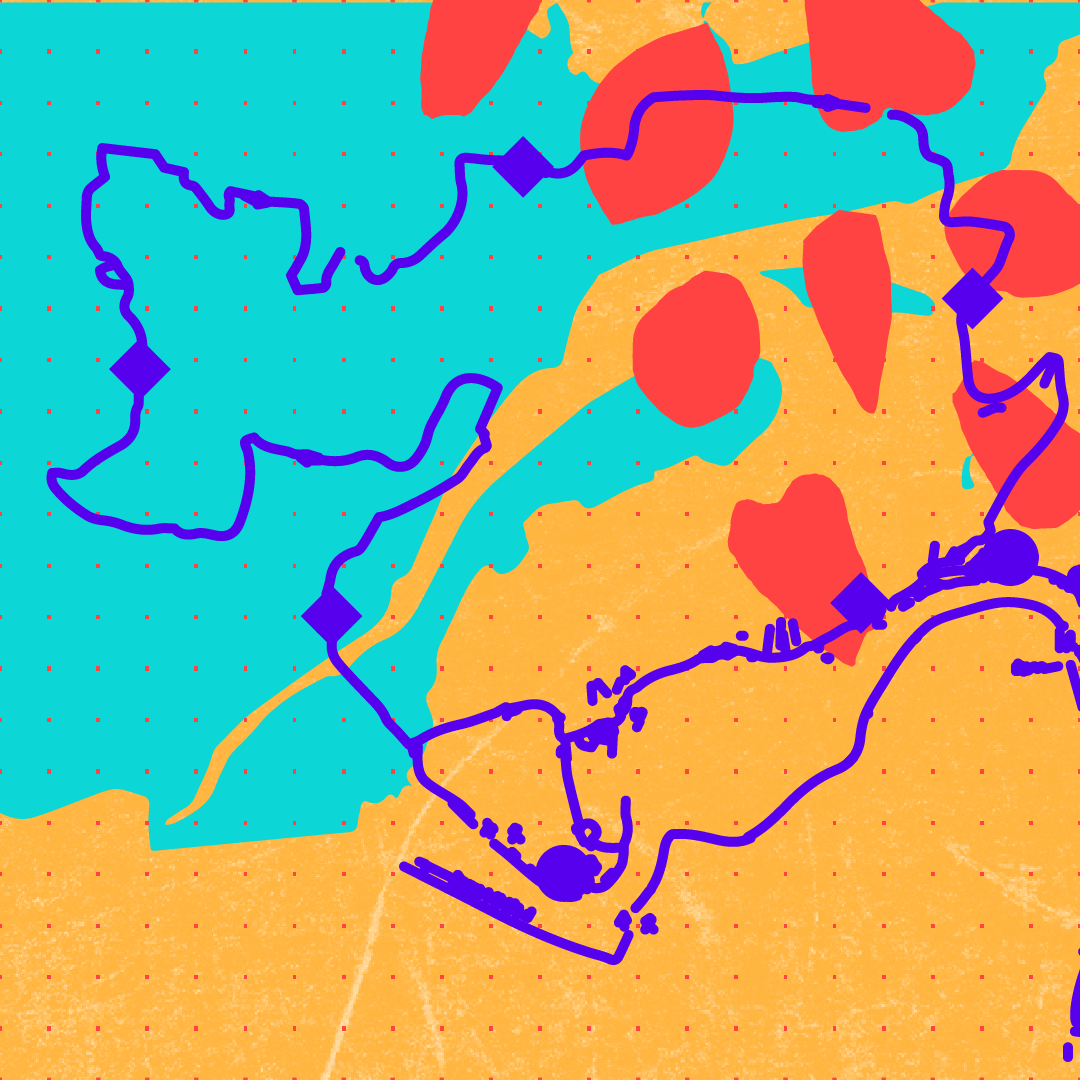
CAP-AUX-DIAMANTS
Drouin, Martin. “Sauver le patrimoine par le tourisme culturel?” Cap-aux-Diamants, number 112, winter 2013, p. 48–49.
“[…] the tourist who practices it is educated, has an above-average income and, above all, is often willing to pay more for a unique experience centered on discovering the host country’s culture.”
Read on Érudit: https://id.erudit.org/iderudit/68228ac (in French) [Open access]
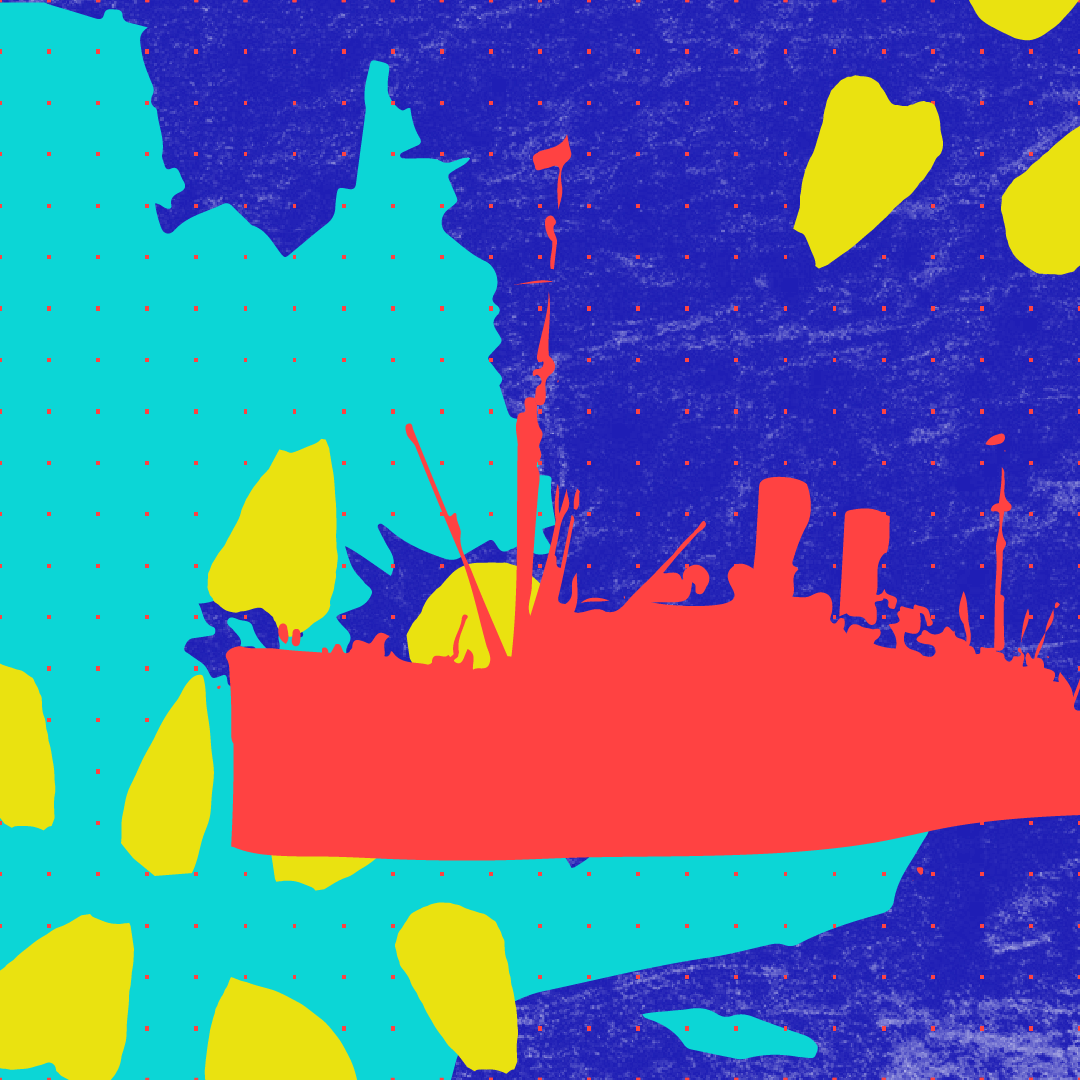
HISTOIRE QUÉBEC
Fortin, Marie-José. “Le paysage comme patrimoine collectif : de la découverte à la mobilisation citoyenne.” Histoire Québec, volume 12, number 1, 2006, p. 29–34.
“We look at the landscape not only with our eyes, but with who we are, that is, with our values and concerns, with our experience and history, both personal and collective. In this sense, to look at the landscape is first and foremost to look at oneself, as an individual, as a community.”
Read on Érudit: https://id.erudit.org/iderudit/11127ac (in French) [Open access]

MAGAZINE GASPÉSIE
Cloutier, Jean and Lise Cyr. “160 ans de lumière sur les côtes gaspésiennes.” Magazine Gaspésie, volume 55, number 1 (191), april–july 2018, p. 9–12.
“[…] Today, a tour of the lighthouses of Gaspésie and Bas-Saint-Laurent is a journey through time, allowing visitors to appreciate a beautiful diversity of lighthouses with very different architectures and materials.”
Read on Érudit: https://id.erudit.org/iderudit/87944ac (in French) [Open access]
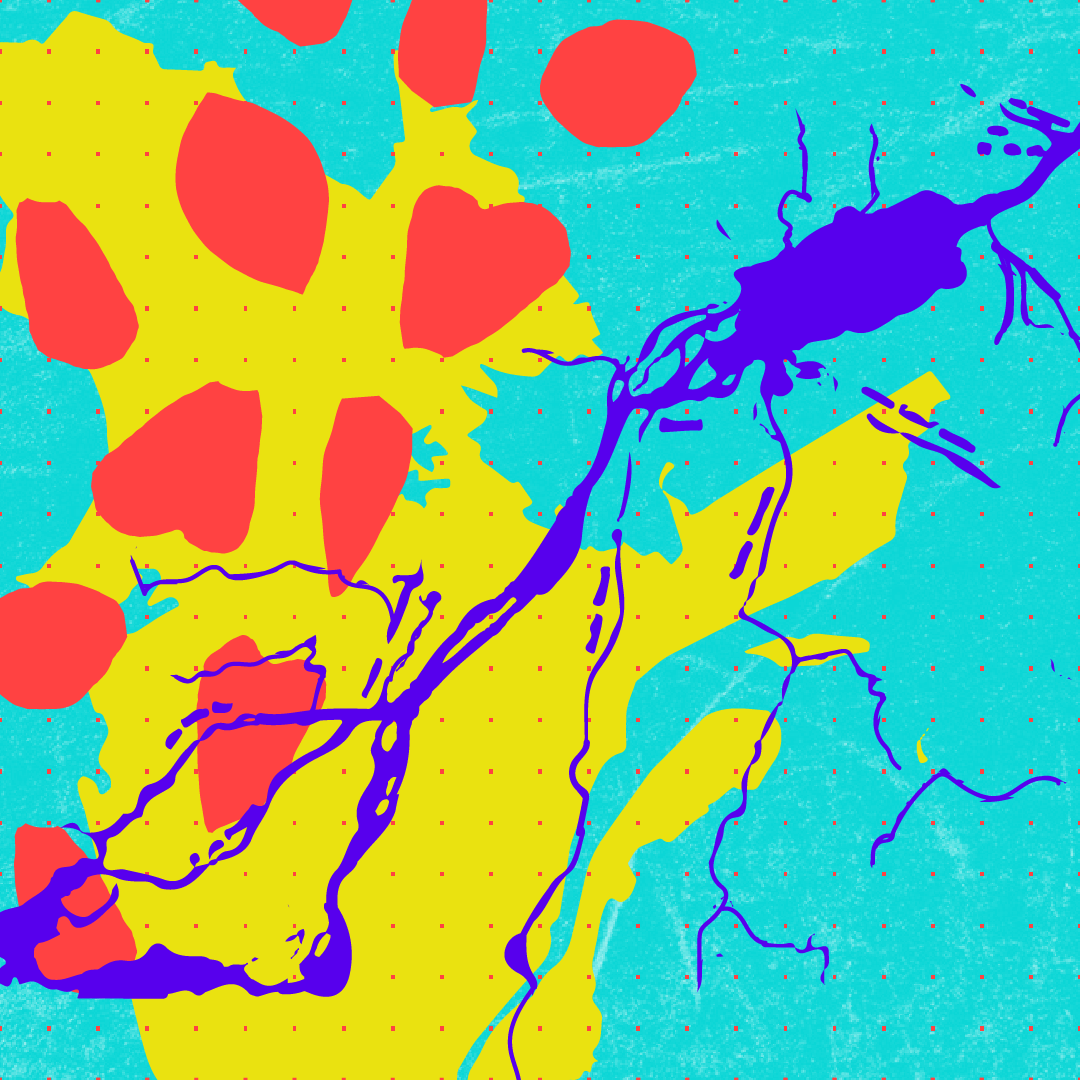
CONTINUITÉ
Trudel, Brigitte. “Une relation au long cours.” Continuité, number 150, fall 2016, p. 18–22.
“[…] The Saint-Laurent flows through the heart of Quebec as it does through the heart of its inhabitants. But what is the source of its cultural power and identity? Let’s stroll for a few moments along this majestic waterway that defines us as a people.”
Read on Érudit: https://id.erudit.org/iderudit/83468ac (in French) [Open access]
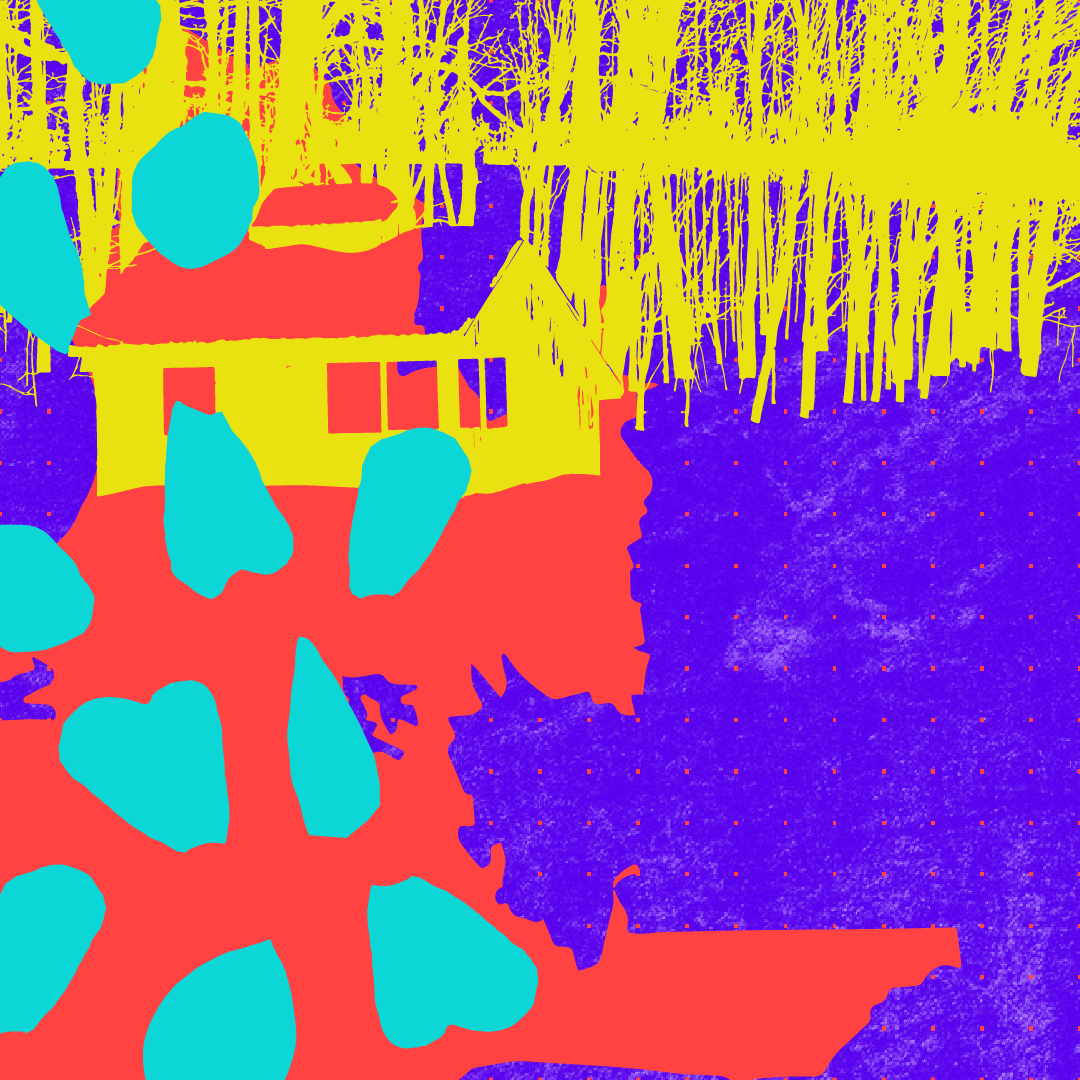
CAP-AUX-DIAMANTS
Laurin, Serge. “Le Nord des Montréalais : les Laurentides.” Cap-aux-Diamants, number 33, spring 1993, p. 65–68.
“From the moment the railroad linked Saint-Jérôme, in 1876, and then Sainte-Agathe, in 1892, to Montreal, the tourist industry became the economic lifeline of small, moribund parishes.”
Read on Érudit: https://id.erudit.org/iderudit/8370ac (in French) [Open access]
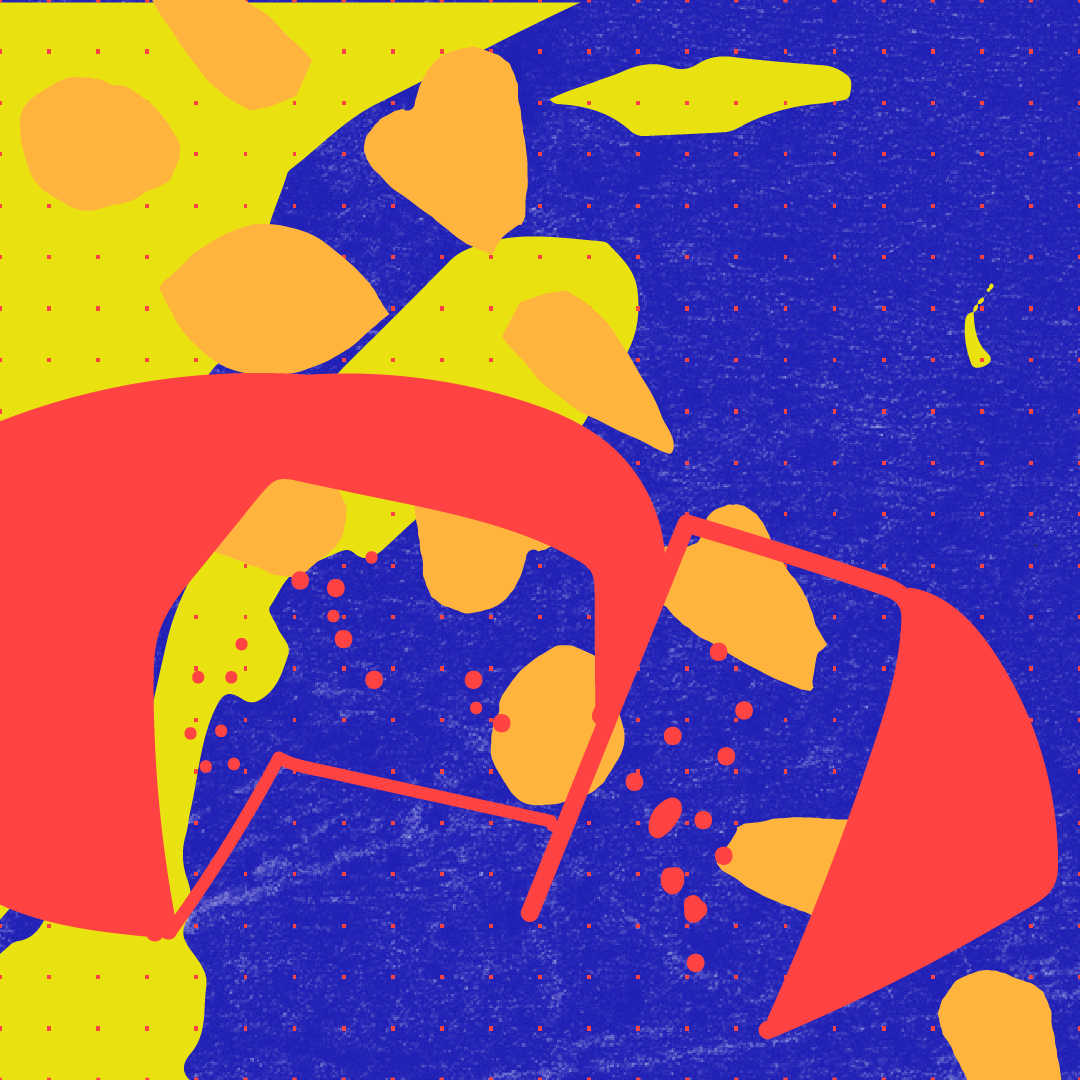
HISTOIRE QUÉBEC
Boileau, Gilles. “Le Frère Alphonse Juin « invente » le fromage d’Oka.” Histoire Québec, volume 1, number 2, december 1995, p. 30–31.
“The excellent reputation of Oka cheese has made it a part of Quebec legend and gastronomic heritage. But what do we know about the man who invented this famous cheese ?”
Read on Érudit: https://id.erudit.org/iderudit/11061ac (in French) [Open access]
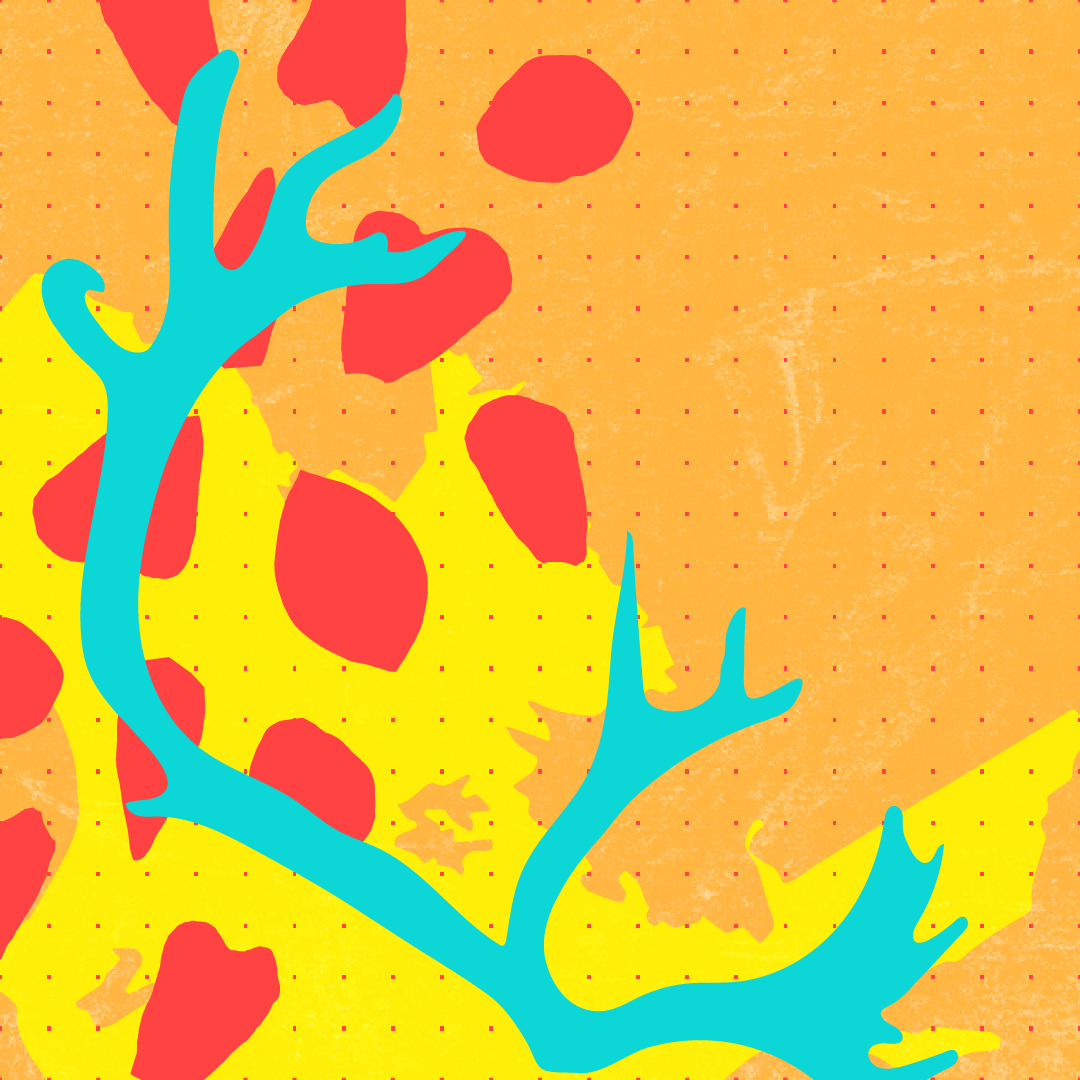
RELATIONS
Fontaine, Natasha K. “Sur la trace des nomades.” Relations, number 803, july–august 2019, p. 28–29.
“For First Nations members, these walks are just the basis for a more concrete return to identity. We’re not necessarily talking about a permanent return to ancestral territories, although this idea may be a long-term life goal.”
Read on Érudit: https://id.erudit.org/iderudit/91243ac (in French) [Restricted access – Connect via a registered library]

CONTINUITÉ
Labrosse, Benoîte. “Sa région en une gorgée.” Continuité, number 169, summer 2021, p. 30–33.
“[…] the ever-growing interest in buying local, as well as regional merit, contributes to the popularity [of regional spirits]. For many distilleries and microbreweries anchor them in history and terroir, appealing to their fellow citizens’ sense of belonging.”
Read on Érudit: https://id.erudit.org/iderudit/96247ac (in French) [Restricted access – Connect via a registered library]

LIBERTÉ
Dassas, Véronique. “Nous n’irons plus au bois.” Liberté, number 328, fall 2020, p. 12–14.
« […] Il existe une règle d’or à ne pas oublier sous peine de s’enfoncer dans le snobisme le plus plat : le touriste, c’est toujours l’autre et donc forcément, on est toujours le touriste de quelqu’un. »
Read on Érudit: https://id.erudit.org/iderudit/94129ac (in French) [Restricted access – Connect via a registered library]
Check out past editions of the project
Graphic design: Tatiana Matsoulevitch